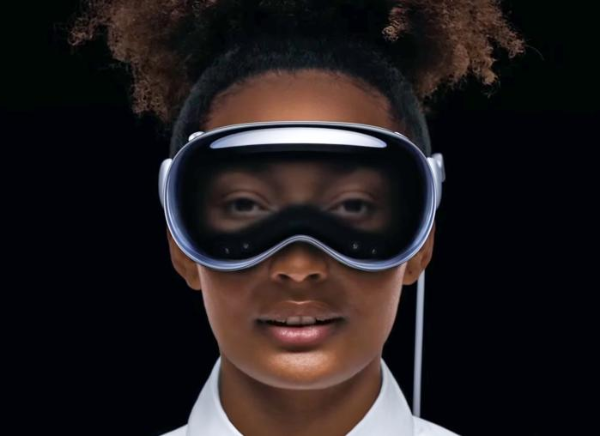
Whenever Apple enters into a new hardware market, it is more of an event than a mere business decision. The shockwaves felt when the first iPhone revolutionised the smartphone industry, or the inaugural Apple Watch gave us the first ever widely-used smart wearable technology, were palpable and ground-breaking for the tech industry as a whole. So this month, when Apple announced their Vision Pro augmented reality (AR) headset, it naturally turned heads in their direction.
Allowing the wearer to have both a virtual and augmented reality experience, the launch of a new AR headset like this not only marks a shift in how we may interact and communicate with each other, but it could also be a game changer for education. In the 21st century (and in the last decade in particular) we’ve seen innovative technologies propel the school experience for students; from smart boards and smart tables to virtual classrooms and school esports teams, this new development, which has been a decade in the making, could well be the next thing to transform learning.
As it stands, Virtual Reality (VR) has proven to be a highly beneficial educational tool, supported by extensive research and pilot studies, including my own. We’ve seen it enhance student focus, improve comprehension of complex subjects, boost information recall during tests, as well as cater to various learning styles. VR’s immersive nature allows students to engage visually, auditorily, and physically, making it an unparalleled opportunity for enhanced learning.
As a school VR/AR Lead, these are technologies which I use with students and teachers every week in lessons. For our school, a big player like Apple entering into this arena is big news. Not only does their business stand to gain from the merits of educational users, albeit less so at the $3499 price tag, but a serious investment in emerging technologies by a world-leading tech organisation can only spell progress for the mixed reality industry across the board. For schools and their students who are embracing innovative tech, it is not the new headset itself that will make the big difference, but the broader attention that will now be placed on the possibilities of what VR and AR can truly offer.
When it comes to incorporating innovations like VR, AR and the metaverse into education, the applications are limitless and offer significant advantages across a wide range of subjects and skills. Imagine being able to stand on the moon and explore the solar system or entering a brain cell to witness its inner workings. Or what about being transported to a French restaurant to practice your language skills, or experience the claustrophobia of the World War II trenches. These are just a few examples of what we’ve been able to do in our recently-developed VR metaverse school; things that used to be limited to the realm of verbal explanations and static textbook illustrations, are now brought to life in a way students have never experienced before. For the students I’ve worked with, the result has been an enhanced, deeper understanding of the subject matter with them having ‘experienced’ the object of study rather than having simply learned about it.
As exciting as these innovations can be, they of course elicit their fair share of apprehension. When it comes to introducing VR into the classroom, convincing others can indeed be a challenging task for educators. In my experience, it usually starts with a conversation, but actually allowing someone to experience a VR headset firsthand is far more compelling. Even a brief 10-minute session can provide people with a tangible understanding of the potential of virtual reality. When they put on the headset and engage with the virtual world, the technology speaks for itself, demonstrating its capabilities in a way that leaves a lasting impression.
What is certain is that Apple’s Vision Pro is a marketplace entry that cannot be ignored or underestimated. The impact on the VR and AR markets will be more quantifiable with time, but already developers are talking about the doors which Apple’s significant investment opens for them in terms of growth, imagination and innovation. All of this will benefit the edtech sector in turn, and offer our young people even greater opportunities in their learning journeys into the future.